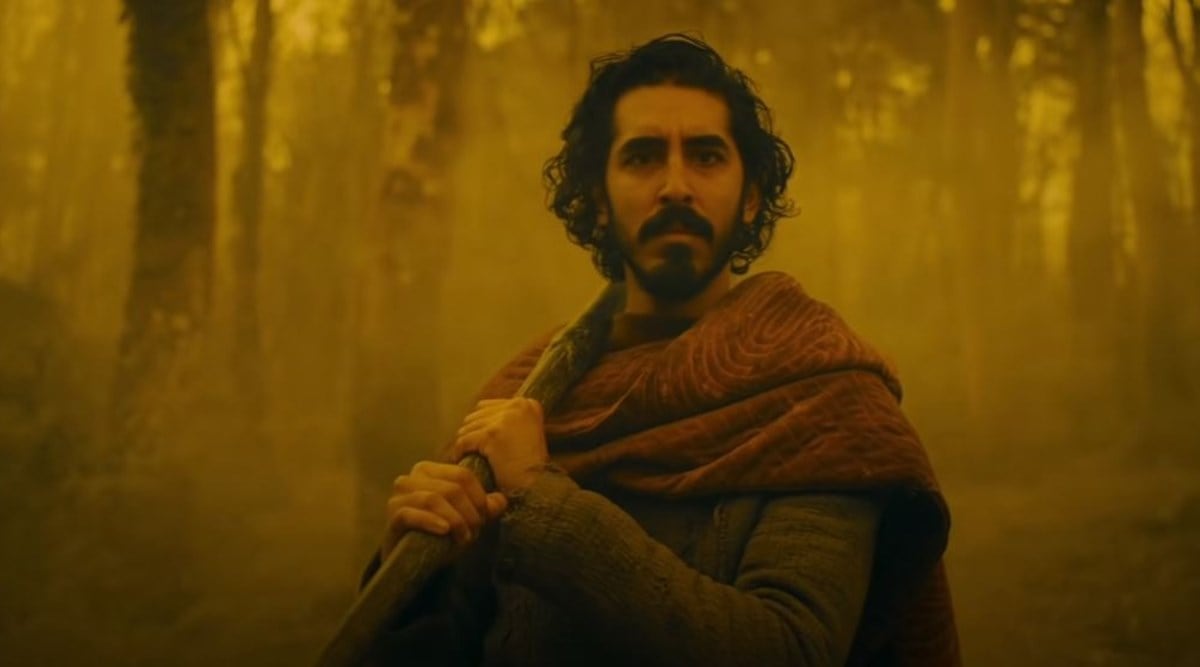
In 20 years and 10 motion pictures the Quick and Livid sequence has relentlessly insisted that its saga is basically, really about household.
With all due respect to Vin Diesel’s Toretto clan, I need to disagree. The Quick and Livid motion pictures are actually about reaching new nitro-injected realms of absurdity. When you can abdomen the macho melodrama, these motion pictures are ridiculous big-screen ballets, with automobiles taking pictures out of skyscrapers and airplanes, that at their greatest are the proper of silly. Greater than household or automobiles, they’re concerning the motion pictures’ whiz-bang capability for ludicrous grandiosity — for stepping on the gasoline and leaving logic within the rearview.
It wasn’t at all times like this. The Quick and Livid motion pictures, which have moved so speedily that their unique articles flew out the window someplace alongside the best way (the primary entry was 2001′s The Quick and the Livid), started extra humbly on the road-racing streets of Southern California. However, significantly by the point of Justin Lin’s Quick 5, the sequence grew ever extra expansive, reaching across the globe and, lastly, by F9, into house. As if at all times trying to find one other gear of outrageousness, the franchise has hunted new, implausible roads for gravity-defying mayhem and unexplainable traction. Automobiles right here, automobiles there. Automobiles in every single place.
So once I sat down for F9, which opens Friday in theaters, I used to be wanting ahead to a few of that good, previous silly enjoyable. F9, will get there finally, courtesy of a comic book, cosmic foray by Roman (Tyrese Gibson) and Tej (Chris “Ludacris” Bridges) in a rocket-fueled Pontiac Fiero. However for a wholesome quantity of the film’s 145-minute working time, it feels extra like a franchise working low on gasoline. There’s a little bit of a hangover to F9, and never simply because it sat on the shelf for the previous yr whereas ready till the pandemic was extra blockbuster-ready. F9, wherein Lin returns as director after a seven-year break from the franchise, follows essentially the most dramatic chapter within the Quick and Livid run, when real-life tragedy added an echo of pathos within the dying of Paul Walker and off-screen squabbles led to a by-product for Dwayne Johnson, with Jason Statham, in Hobbs and Shaw.
But when it feels just like the mud has settled, F9 promptly units about rekindling previous beefs, introducing new ones and, throughout the first half-an-hour, detouring to Central America to let the autos of Quick and Livid swing by means of the jungle like Tarzan. However first we have now a flashback that Lin and co-writer Daniel Casey return to all through the movie. It’s 1989 and Dominic Toretto (Diesel as an grownup, an absorbing Vinnie Bennett when youthful) and his youthful brother (John Cena later, Finn Cole right here) are youngsters working with their racing father at a speedway when he dies in a fiery crash. A chance of foul play is there, and the fallout sends one brother to jail and their acrimony over their father’s destiny drives them aside.
Years later, Jakob (Cena) seems to have designs on taking on the world with a view to present up his older, estranged brother. (Household dramas aren’t small potatoes on this planet of Quick and Livid.) A part of these plans is Cipher (Charlize Theron), a villain from the final one returned right here as a glass-box captive who’s however certain of her powers. It’s a limiting place for the potent Theron, whose presence in these motion pictures principally serves as a reminder that in order for you gas-guzzling motion, the magnificent Mad Max: Fury Street continues to be idling close by.
Each the rock-jawed Cena and a steely Theron don’t open the film as much as a lot enjoyable, nor does the often-returned-to backstory that saps a number of the film’s velocity. What provides F9 a lift? Nicely, Helen Mirren does, in a cease over in London. Finest are Ludacris and Gibson, who, greater than anybody else, lend F9 a much-needed wink of self-awareness. It’s Taj who says one of the crucial defining strains for a franchise that by no means brakes for scientific actuality: “So long as we obey the legal guidelines of physics, we’ll be wonderful.”
They’re at that second getting ready to launch into orbit in a automotive/rocket ship that makes Doc’s time-traveling DeLorean appear to be a relatively wise automobile. I don’t know why precisely they shoot into house — one thing about destroying a satellite tv for pc — however I liked each minute of it. A lot of F9 is type of a slog. There are some not very dynamic automotive chases, a whole lot of flashbacks, ho-hum villains and an oddly distinguished function for magnets. However when Taj and Roman attain zero gravity, the film lastly takes flight with goofy grandeur. Some, certainly, can be much less enthused about Quick & Livid turning full-on cartoon, however I’d take that over the solemn speeches about household any day. The Quick and Livid motion pictures are greatest once they’re neither quick nor livid however type of silly.
In some unspecified time in the future, when some mixture of four-wheelers was hovering by means of the air, I began to marvel how these motion pictures will look to future generations — probably generations that may have moved past the automotive, at the very least the gasoline selection, or which are dwelling with extra dire results of local weather change. Will Quick and Livid appear to be a mirrored image of our doubtful perception within the limitless capabilities of vehicles, of our propensity to reside by means of our automobiles? Or an acknowledgement of simply how preposterous that dependancy is? Both method, the enjoyment experience most likely can’t final eternally. Vin Diesel’s contract will someday run out.
F9, a Common Footage launch, is rated PG-13 by the Movement Image Affiliation of America for sequences of violence and motion, and language. Operating time: 145 minutes. Two and a half stars out of 4.








